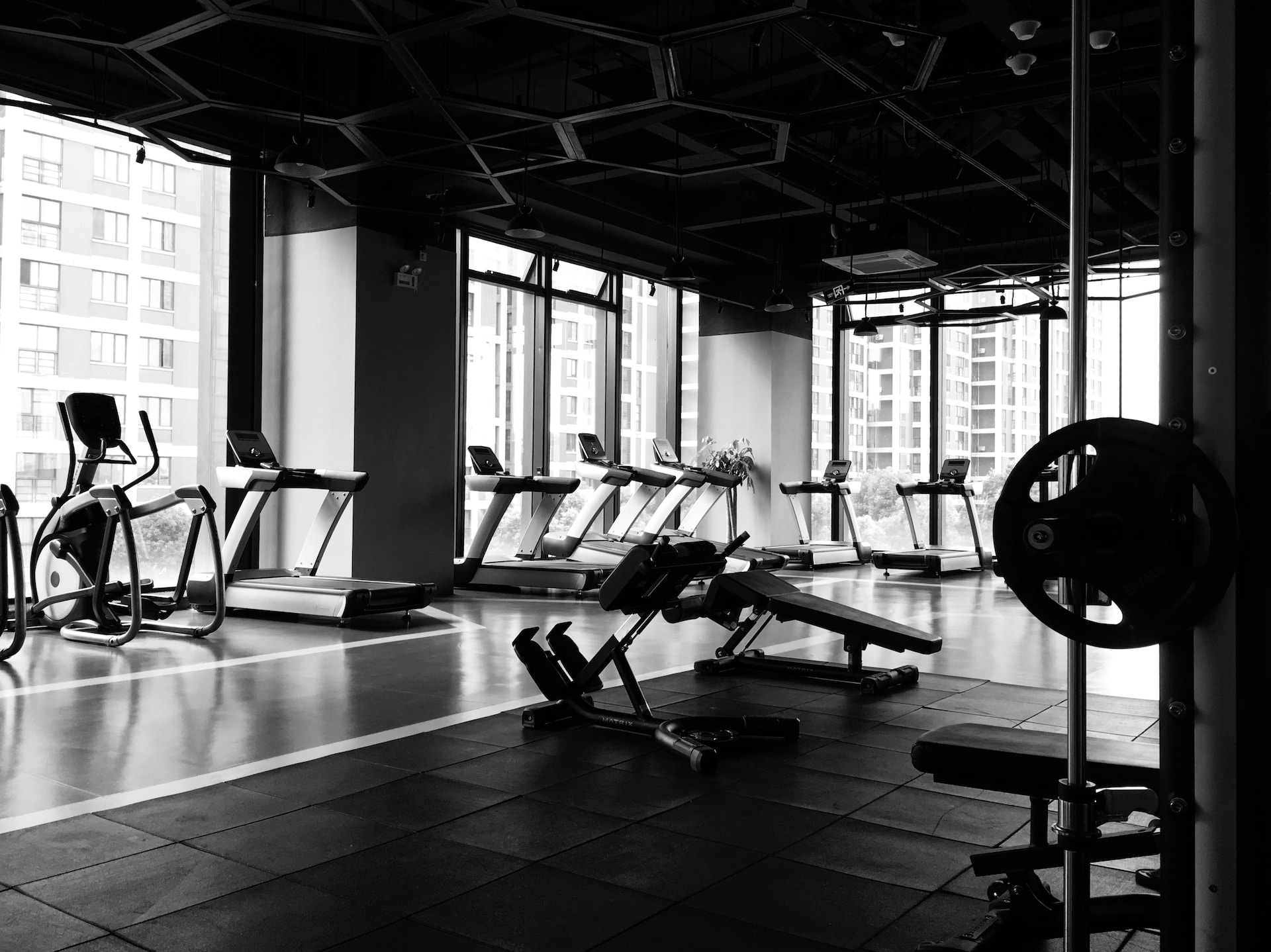In the whirlwind of today’s corporate landscape, squeezing in fitness often feels like an uphill battle. Extended workdays, looming deadlines, and back-to-back meetings can sideline our health goals. Yet, a growing number of contemporary workplaces boast in-house gyms. If you’re among the lucky ones with this perk, it’s high time to tap into its potential. In this blog, we’ll delve into ways to optimize your office gym time during breaks, ensuring you remain vibrant and invigorated all day.
1. Why Workout Breaks Matter
Before we dive into the nitty-gritty of office gym workouts, let’s understand why taking short workout breaks during the workday is essential:
- Boost Productivity: Exercise helps improve focus and concentration, making you more productive when you return to your desk.
- Reduce Stress: Physical activity releases endorphins, which are natural stress relievers, helping you stay calm and collected.
- Increase Energy: A quick workout can recharge your energy levels, preventing that mid-afternoon slump.
- Improve Health: Regular breaks to exercise can contribute to better overall health, reducing the risk of lifestyle-related illnesses.
Now that we’ve established the benefits, let’s explore how you can seamlessly incorporate workout breaks into your daily office routine.
2. Plan Your Workout Breaks
Just like you schedule meetings and tasks, allocate time for your workout breaks. It’s all about time management:
- Set a Routine: Decide when you’ll take your workout breaks. It could be in the morning, during lunch, or in the afternoon.
- Stick to a Schedule: Consistency is key. Make your workout breaks a part of your daily routine.
- Short and Sweet: Aim for 15-20 minutes of exercise to ensure it’s manageable within your workday.
3. Choose the Right Workout
Your office gym may not be as extensive as your local fitness center, but you can still get an effective workout. Here are some simple exercises to consider:
- Cardio: Utilize the treadmill or stationary bike for a quick cardio session.
- Strength Training: Dumbbells or resistance bands can be used for exercises like squats, lunges, and bicep curls.
- Stretching: Ease muscle tension with stretches. Focus on your neck, shoulders, back, and legs.
- Yoga or Pilates: Great for both mental and physical well-being, these exercises can be adapted to your office space.
4. Dress Comfortably
You don’t need a full workout wardrobe for office gym sessions. Wear comfortable clothing and sneakers so that you can move freely during your breaks.
5. Mindful Warm-Up and Cool Down
Before diving into your workout, spend a few minutes warming up. Perform light stretches or a short walk to get your blood flowing. After your workout, take a moment to cool down and stretch again to prevent muscle soreness.
6. Hydrate and Snack Smart
Staying hydrated is crucial, so keep a water bottle at your desk. Additionally, have healthy snacks like nuts or fruit readily available to refuel after your workout.
7. Make Use of Office Gym Amenities
Office gyms often offer more than just workout equipment. Take advantage of amenities such as showers, changing rooms, and towels to freshen up after your workout.
8. Include Co-workers
Working out with colleagues can be fun and motivating. Invite your office buddies to join you during your workout breaks. Group workouts can create a positive workplace culture centered around health and well-being.
9. Stay Safe
Safety should always be a priority. Here are some tips to ensure your safety during office workouts:
Proper Form: Focus on maintaining correct form to prevent injuries.
Use Equipment Safely: If you’re unfamiliar with gym equipment, ask for guidance from a colleague or gym staff.
Listen to Your Body: If you feel unwell or experience discomfort during your workout, stop immediately.
10. Track Your Progress
Keep a record of your workout breaks to monitor your progress. Note the exercises you did, the duration, and how you felt afterward. Tracking your progress can be motivating and help you set fitness goals.
11. Mindfulness and Meditation
Incorporate short mindfulness or meditation sessions into your workout breaks. This can help you recharge mentally and reduce workplace stress. Find a quiet corner, sit comfortably, and focus on your breath for a few minutes.
12. Encourage a Culture of Well-being
If your workplace doesn’t have an office gym, consider advocating for one. Highlight the benefits of workplace fitness and well-being to your employer. A healthier workforce is a more productive one.
13. Adjust Your Workstation
If possible, create an ergonomic workspace to reduce the strain on your body during long hours at the desk. Ergonomic chairs, standing desks, and monitor risers can make a significant difference in your comfort level.
14. Seek Professional Advice
If you have any health concerns or specific fitness goals, consult a fitness professional. They can tailor a workout plan to your needs and ensure you’re exercising safely.
15. Be Mindful of Time
While workout breaks are essential, it’s crucial not to let them disrupt your workflow. Use alarms or reminders to keep your breaks within the planned timeframe.
16. Enjoy the Benefits
Finally, remember that the purpose of these workout breaks is to enhance your overall well-being. Enjoy the physical and mental benefits, and let them improve your workday and quality of life.
So, don’t wait any longer—grab your sneakers, schedule those workout breaks, and make your office gym work for you!



